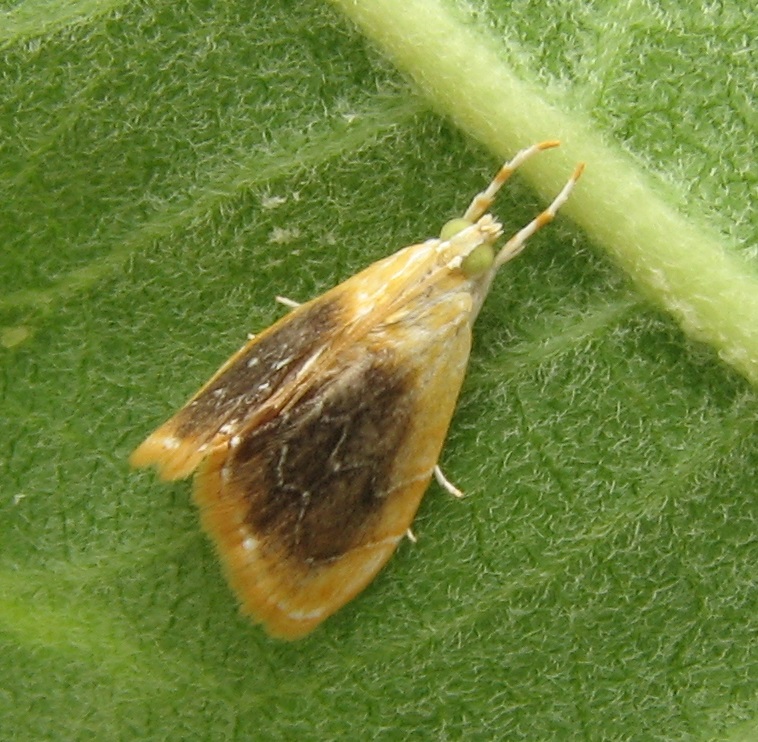|
Scybalistodes
''Scybalistodes'' is a genus of moths of the family Crambidae described by Eugene G. Munroe in 1964. Species *''Scybalistodes fortis'' *''Scybalistodes illosalis'' (Dyar, 1914) *''Scybalistodes periculosalis'' Dyar, 1908 *''Scybalistodes prusalis'' (Druce, 1895) *''Scybalistodes reducta'' *''Scybalistodes regularis'' *''Scybalistodes rivuloides'' *''Scybalistodes vermiculalis'' *''Scybalistodes violetalis'' References * Glaphyriinae Taxa named by Eugene G. Munroe Crambidae genera {{Glaphyriinae-stub ... [...More Info...] [...Related Items...] OR: [Wikipedia] [Google] [Baidu] |
Scybalistodes Illosalis
''Scybalistodes illosalis'' is a moth in the family Crambidae. It was described by Harrison Gray Dyar Jr. in 1914. It is found in Mexico. References Moths described in 1914 Glaphyriinae {{Glaphyriinae-stub ... [...More Info...] [...Related Items...] OR: [Wikipedia] [Google] [Baidu] |
Scybalistodes Periculosalis
''Scybalistodes periculosalis'' is a moth in the family Crambidae. It was described by Harrison Gray Dyar Jr. Harrison Gray Dyar Jr. (February 14, 1866 – January 21, 1929) was an American entomologist. Dyar's Law, a pattern of geometric progression in the growth of insect parts, is named after him. He was also noted for eccentric pursuits which includ ... in 1908. It has been recorded from the US state of California. at Mississippi State University References Moths described in 1908 Glaphyriinae {{Glaphyriinae-stub ...[...More Info...] [...Related Items...] OR: [Wikipedia] [Google] [Baidu] |
Scybalistodes Vermiculalis
''Scybalistodes vermiculalis'' is a moth in the family Crambidae. It is found in North America North America is a continent in the Northern Hemisphere and almost entirely within the Western Hemisphere. It is bordered to the north by the Arctic Ocean, to the east by the Atlantic Ocean, to the southeast by South America and the Car ..., where it has been recorded from Arizona. The wingspan is about 17 mm. Adults have been recorded on wing from April to May and from August to September. References Moths described in 1964 Glaphyriinae {{Glaphyriinae-stub ... [...More Info...] [...Related Items...] OR: [Wikipedia] [Google] [Baidu] |
Scybalistodes Regularis
''Scybalistodes regularis'' is a moth in the family Crambidae. It is found in North America North America is a continent in the Northern Hemisphere and almost entirely within the Western Hemisphere. It is bordered to the north by the Arctic Ocean, to the east by the Atlantic Ocean, to the southeast by South America and the Car ..., where it has been recorded from Arizona. References Moths described in 1964 Glaphyriinae {{Glaphyriinae-stub ... [...More Info...] [...Related Items...] OR: [Wikipedia] [Google] [Baidu] |
Scybalistodes Fortis
''Scybalistodes fortis'' is a moth in the family Crambidae. It is found in North America North America is a continent in the Northern Hemisphere and almost entirely within the Western Hemisphere. It is bordered to the north by the Arctic Ocean, to the east by the Atlantic Ocean, to the southeast by South America and the Car ..., where it has been recorded from Arizona. References Moths described in 1972 Glaphyriinae {{Glaphyriinae-stub ... [...More Info...] [...Related Items...] OR: [Wikipedia] [Google] [Baidu] |
Scybalistodes Prusalis
''Scybalistodes prusalis'' is a moth in the family Crambidae. It was described by Herbert Druce in 1895. It is found in Guerrero, Mexico. References Moths described in 1895 Glaphyriinae {{Glaphyriinae-stub ... [...More Info...] [...Related Items...] OR: [Wikipedia] [Google] [Baidu] |
Glaphyriinae
Glaphyriinae is a subfamily of the lepidopteran family Crambidae. It was described by William Trowbridge Merrifield Forbes in 1923. The subfamily currently comprises 509 species in 75 genera. The larvae of Glaphyriinae predominantly feed on plants of the order Brassicales and are able to digest the glucosinolates contained in these plants. Genera *'' Abegesta'' Munroe, 1964 *'' Achantodes'' Guenée, 1852 *'' Aenigmodes'' Amsel, 1957 (= ''Aenigma'' Amsel, 1956) *'' Aethiophysa'' Munroe, 1964 *''Agastya'' Moore, 1881 (= ''Agastia'' Moore, 1881) *'' Aureopteryx'' Amsel, 1956 *'' Catharia'' Lederer, 1863 *'' Cereophagus'' Dyar, 1922 *''Chalcoela'' Zeller, 1872 *'' Chilomima'' Munroe, 1964 *'' Chilozela'' Munroe, 1964 *'' Contortipalpia'' Munroe, 1964 *''Cosmopterosis'' Amsel, 1956 *'' Dichochroma'' Forbes, 1944 *'' Dicymolomia'' Zeller, 1872 (= ''Bifalculina'' Amsel, 1956) *'' Eupoca'' Warren, 1891 *'' Eustixia'' Hübner, 1823 (= ''Thelcteria'' Lederer, 1863, ''Thlecteria'' Dyar, ... [...More Info...] [...Related Items...] OR: [Wikipedia] [Google] [Baidu] |
Animal
Animals are multicellular, eukaryotic organisms in the Kingdom (biology), biological kingdom Animalia. With few exceptions, animals Heterotroph, consume organic material, Cellular respiration#Aerobic respiration, breathe oxygen, are Motility, able to move, can Sexual reproduction, reproduce sexually, and go through an ontogenetic stage in which their body consists of a hollow sphere of Cell (biology), cells, the blastula, during Embryogenesis, embryonic development. Over 1.5 million Extant taxon, living animal species have been Species description, described—of which around 1 million are Insecta, insects—but it has been estimated there are over 7 million animal species in total. Animals range in length from to . They have Ecology, complex interactions with each other and their environments, forming intricate food webs. The scientific study of animals is known as zoology. Most living animal species are in Bilateria, a clade whose members have a Symmetry in biology#Bilate ... [...More Info...] [...Related Items...] OR: [Wikipedia] [Google] [Baidu] |
Arthropod
Arthropods (, (gen. ποδός)) are invertebrate animals with an exoskeleton, a Segmentation (biology), segmented body, and paired jointed appendages. Arthropods form the phylum Arthropoda. They are distinguished by their jointed limbs and Arthropod cuticle, cuticle made of chitin, often Mineralization (biology), mineralised with calcium carbonate. The arthropod body plan consists of segments, each with a pair of appendages. Arthropods are bilaterally symmetrical and their body possesses an exoskeleton, external skeleton. In order to keep growing, they must go through stages of moulting, a process by which they shed their exoskeleton to reveal a new one. Some species have wings. They are an extremely diverse group, with up to 10 million species. The haemocoel, an arthropod's internal cavity, through which its haemolymph – analogue of blood – circulates, accommodates its interior Organ (anatomy), organs; it has an open circulatory system. Like their exteriors, the internal or ... [...More Info...] [...Related Items...] OR: [Wikipedia] [Google] [Baidu] |


